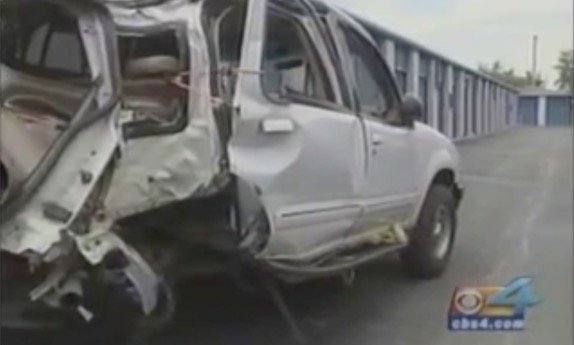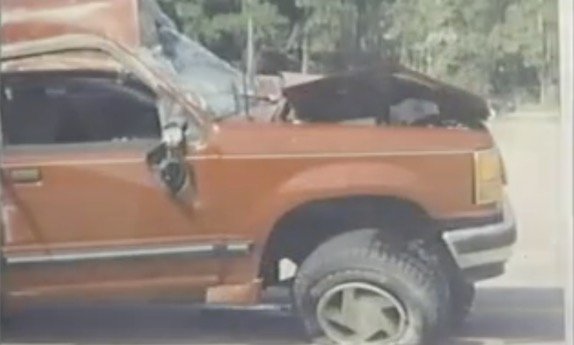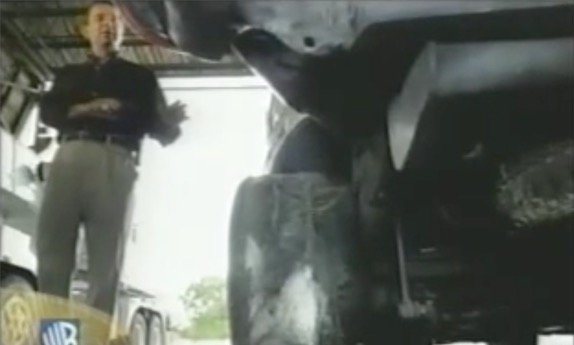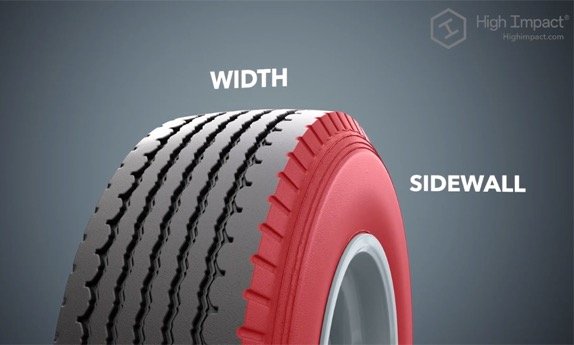Technology Makes Modern Retreads Safer
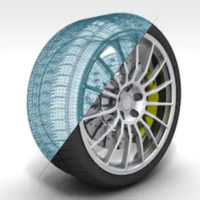
Most folks agree that retreads are generally safe and they play a vital role in the trucking industry where tires are worn down quickly and awfully expensive. Today, however, retreads are safer than ever thanks to technological advances that are helping to change minds about the safety retreads.
Retread tires have a bad reputation ever since a rumor was started that the shredded tires that you see littering American highways are all retreads. That’s not necessarily true. While retread tires do fail on occasion, by and large the process is safe. It helps reduce costs to major trucking companies that would otherwise pay a small fortune going through tires. It’s also better for the environment.
While you may not have to worry about whether your family car’s tires will wear out the treading before the warranty runs out, large tractor-trailers travel thousands of miles daily carrying loads over 20,000 pounds. They do go through tires quickly.
Goodyear Leads the Charge in Retread Safety
Goodyear has helped develop the technology that will make retreads safety. Known in the industry as UniCircle technology, Goodyear has developed a way of seamlessly fitting new treads onto old casings. In most cases, the casings will last far longer than the treads and this is especially true when it comes to tires fitted to commercial trucks. The UniCircle technology is designed to extend the life of the casings.
This is good news for the trucking companies that will be able to reduce costs and the American consumers who absorb some of those costs in the marketplace. It’s also good news for the environment.
Understanding Retread Safety Concerns
The biggest concern when it comes to retread tires is that the new treads could separate while the truck is moving. When this happens, the person driving the truck has a tendency to lose control of the vehicle. This not only puts the trucker’s life in danger, but anyone else sharing the road with them as well. As part of the process of safely retreading tires, it must be determined if the casings are fit to be retread.
Bandag, a subsidiary of Bridgestone which is devoted to retreading old tires, engineers have developed a ten-step process for determining whether or not a casing is a good candidate for a retread. This includes an inspection machine that exposes tire casings to up to 50,000 volts of electricity to check for microscopic punctures. Unfortunately, this technology is only available to Bandag associates.
The process highlights some of the pitfalls when dealing with retread tires. Not only can casings be damaged in a way that the naked eye cannot see, but they can also be damaged during the retreading process. Many of these problems occur during the buffing process.
Talk to a Tire Liability Lawyer Today
If you’ve been injured by a defective tire, the Coral Gables tire defect attorneys at Halpern, Santos & Pinkert can litigate the case on your behalf. We have secured major settlements and jury verdicts from tire manufacturers and can help you get compensation for your injuries. Talk to us today for more information.
Resource:
tirerecappers.com/tire-recappers-news/5-tire-retread-myths-debunked/
https://www.tiredefectattorney.com/factors-contributing-to-large-truck-tire-blowouts/








